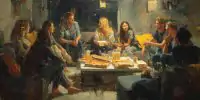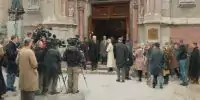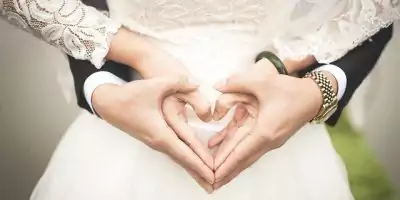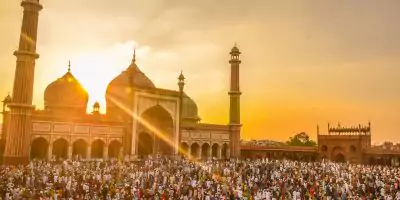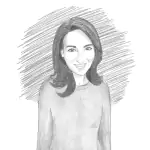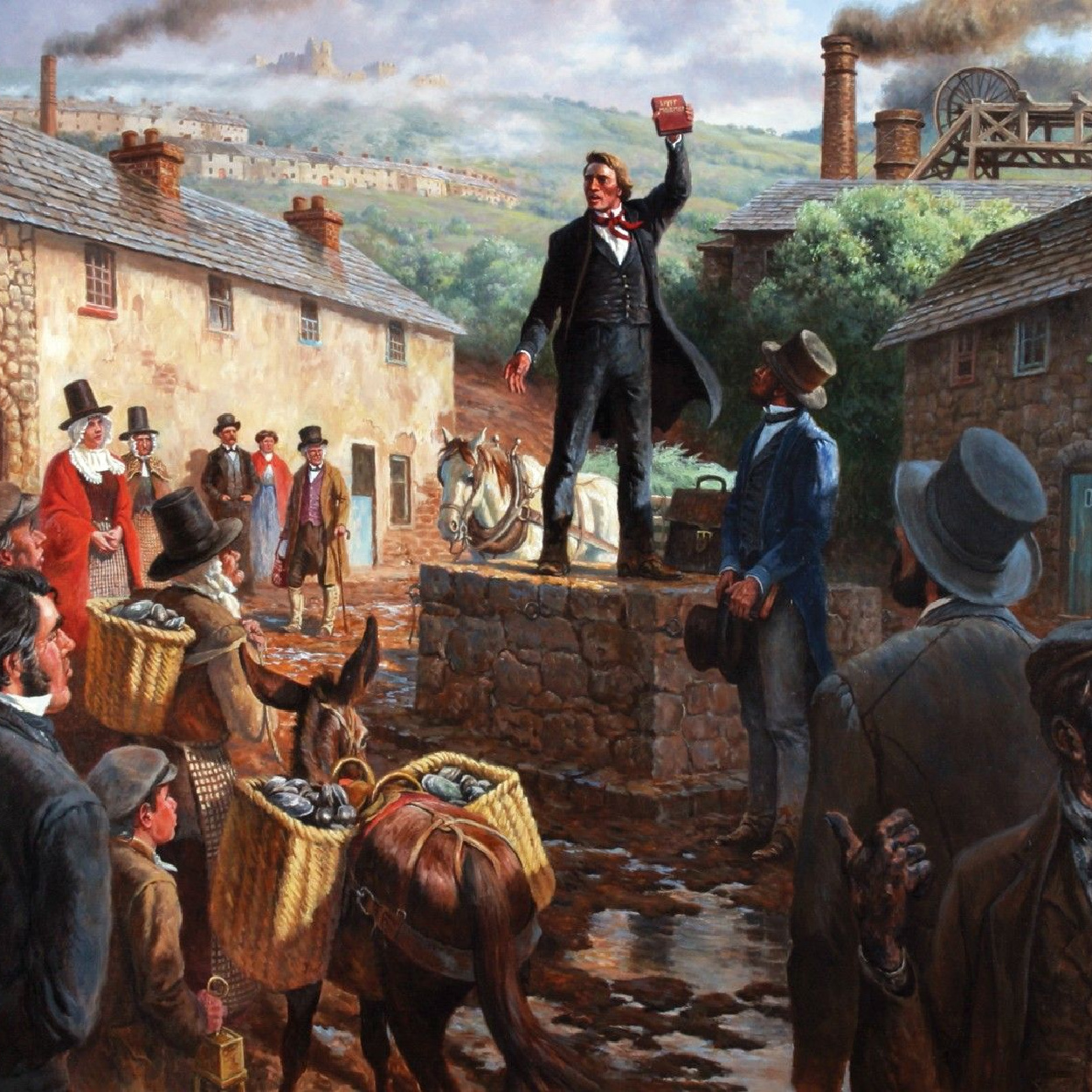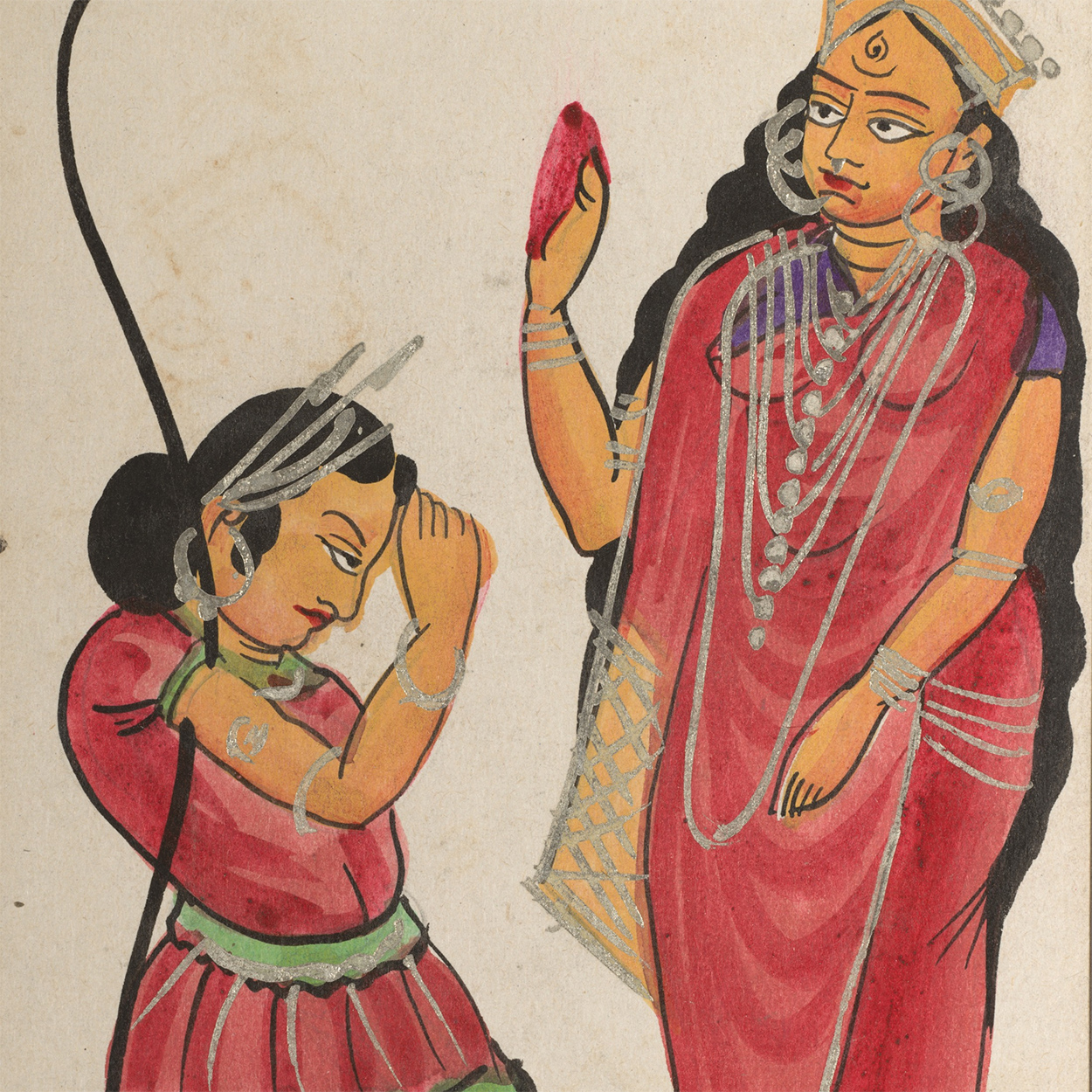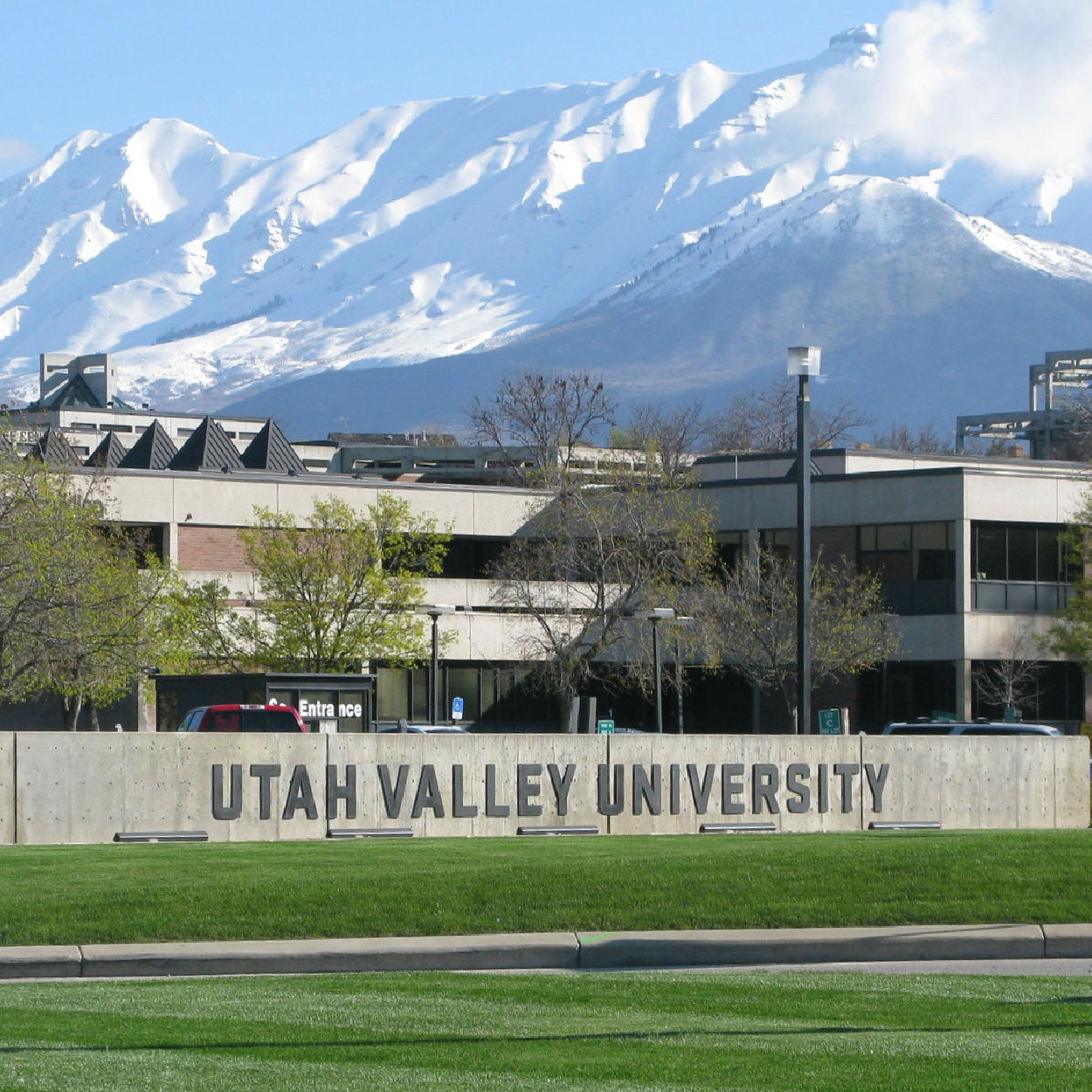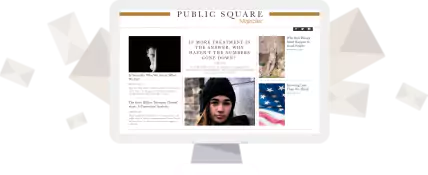
Approaching the Easter season, I reminisce about the Easter religious rituals from my Catholic childhood and their impact: how they prepared me to receive God’s restoration, and a deep desire to make Easter more meaningful in my life today.
I was raised in a good home as a practicing Catholic. I went to mass each Sunday, CCD each Tuesday evening (religious education for children and youth), and regularly partook in the sacrament of confession to a parish priest. At age 7, I was given the sacrament of First Holy Communion, and at 14, the sacrament of Confirmation, to receive the gifts of the Holy Spirit in the Catholic tradition. I selected a confirmation or “new” name for myself to be received as part of that sacrament. In our daily life we regularly prayed together as a family, occasionally saying a rosary as well. My Mom often encouraged me to do both of those things on my own. Our Father, Hail Mary, and Grace before meals were regular prayers I said alone and with family. Christmas, with its preceding four-week Advent celebration looking forward to Christmas Eve mass and then Christmas day gifts, was always joyful and exciting. We lived in Northern Virginia for about 8 years of my childhood and would attend midnight mass as a family at the National Shrine in Washington, D.C. I have wonderful memories of those years.

A strong focus each year of my youth as a Catholic was Easter and the preceding “Holy Week.” The Lent season starts with Ash Wednesday beginning a 40-day period of contemplation, simplifying, and fasting, and concludes on Holy Thursday. During this time, it is traditional to “give up” something of our worldly pleasures––in addition to not eating between meals and not eating meat on Fridays––in order to experience sacrifice on a personal level as we focus on Jesus’ sacrifice for us. As a child, I would usually choose something like chocolate or television to give up. Sundays were a “free” day where we could still partake of the thing we’d given up, which eased the difficulty of missing out on something I loved for what seemed like an eternity in the life of a young girl. I have joyed in having the faith of my youth and my faith in the restored Gospel intersect, overlap, and influence each other.
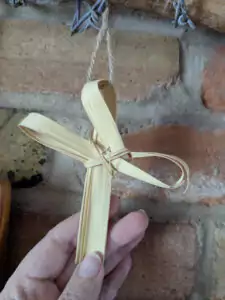
After enacting the entry, we would then present what is referred to as the “passion narrative” from the four Gospels in the New Testament. The priest would be Jesus, someone would be Pontius Pilate, and the congregation would be the crowd chanting, “Crucify Him!”.
We would also go to church on Holy Thursday, Good Friday, and sometimes other days that week. The Good Friday services usually included reviewing the “Stations of the Cross.” Most Catholic churches have a series of 14 scenes depicting the events leading up to Jesus’ crucifixion. The congregation would follow the priest to each depiction as the description was read.
When I was 12, we moved back to our home state of California, where I attended Mater Dei (Latin for Mother of God) Catholic High School, developing my faith even more. After two years at college in Orange County, I transferred to Utah State University in Logan. While I was completely fulfilled and content with my faith at the time, most of my new friends were members of The Church of Jesus Christ of Latter-day Saints, and we would have some wonderful conversations about faith and our beliefs. On Ash Wednesdays, I would come to class with ashes on my forehead, and it sparked some thoughtful and respectful questions from my friends.
At the time, the Catholic church in town was a small and beautiful chapel on campus with dark wood inside and a Tudor-style brick exterior. I have profound memories of my first Holy Thursday service there and how deeply I felt the power of that day, that night, and what was to come. That is a sacred memory for me. The following day, Good Friday, it was raining. It was grey and bleak and such a perfect backdrop for me to spend the day thinking about Jesus on the cross at Calvary. Good experiences … At the same time, I feel hope … in the restored Gospel’s focus on the risen Christ
Over the years, I had some friends, whom I deeply loved and trusted, share with me their beliefs in the restored Gospel of Jesus Christ. We had many back-and-forth conversations about the nature of the Godhead, the full depth and breadth of the atonement of Jesus Christ, and the authority of the Priesthood. I witnessed miracles, sought revelation, and badgered and begged my God for answers and guidance to my confusion and questions. I didn’t get them the way I wanted, but I knew He was there and with me on this journey. These conversations brought me to a point of believing some of the new things I was being taught but not quite feeling ready to fully embrace the restored Gospel, be baptized into a new church, and accept the personal and family challenges that would entail. I stopped attending mass but always kept Holy Week and Easter sacred in my mind and heart.
Years later, at age 37, after taking the missionary discussions four times and having many refining experiences, I was baptized into The Church of Jesus Christ of Latter-day Saints. And for a few years, I felt an emptiness around Holy Week as my LDS friends carried on as normal. I knew it was supposed to be held sacred in my heart, so I would study the four Gospel accounts of that week in the New Testament on my own and try to keep the week simpler where I could, as I had in my youth. Eventually I realized the most appropriate place for me to be on Good Friday was in the temple. I would celebrate the sacrifice and mighty atonement of my Lord by being in His house, doing His work, and helping His children move forward.
A few years ago, I noticed a trend … my friends wanted to know more about Holy Week. They would have a Passover dinner or focus on those same New Testament accounts of the days leading up to Easter. They were hungry for more. There were books being written about how to increase one’s understanding of Easter and deepen the experience of the season. In 2023 the Church announced our worship services on Easter would only include Sacrament Meeting, and Elder Stevenson from the General Conference pulpit proclaimed we needed to refocus on Easter and its surrounding events. He challenged us to make this as important a season in our homes as we do Christmas. I see the flecks of truth in my childhood experiences … At the same time, I feel hope … in the restored Gospel’s focus on the risen Christ.
As I spend time in the temple on Good Friday, I still struggle sometimes with a yearning from my youth to be more somber on this day. Inside me are deep contrasts: a dimly lit, dark wood chapel of over 30 years ago where the congregation chanted in song, “Watch and pray …” against the bright light, pure whiteness, and cheerful countenances found in the temple today. It can bring some loneliness, but I don’t want it to be like any other temple session––I don’t feel cheerful. So I think of how lonely my Savior felt in that Garden … on that Cross … and I know I am not alone. I know He appreciates my efforts to remember Him. To know Him.
I loved growing up Catholic. When I think back on those years, I have nothing but gratitude for my mom’s encouragement and support in having a relationship with God. Prioritizing my relationship with my Father in Heaven over rituals and beliefs has allowed me to personalize my faith journey and be more intentional about worship, especially at Easter. I see the flecks of truth in my childhood experiences of Catholic sacraments, taking a new name, and choosing––even embracing––sacrifice for what it is, sacred. At the same time, I feel the hope that is more evident in the restored Gospel’s focus on the risen Christ and joyful anticipation of His return.
This year will mark ten years since the passing of my Dad, and just last week, I sat with a dear pet as she left this mortal life. So as Easter draws nearer, I can more fully appreciate the depths of Good Friday’s despair by understanding that Holy Saturday may have been a day of quiet sadness on this side of the veil, but it was a day of glorious work and teaching on the other. When I ache that my family and many of my friends and I don’t agree with each other on some very sacred things, I can find peace knowing there are so many things on which we can focus where we do meet each other in holy places of understanding and growth. And ultimately my hope lies in a deeper understanding of the Atonement of Jesus Christ—from Thursday to Sunday—as the path home for me and also for everyone I love. My Catholic youth has given me precious roots for my personal tree of knowledge and faith to withstand the winds and grow stronger in the light of the fullness of the Gospel of Jesus Christ.


